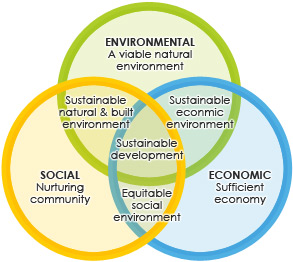Who remembers this Adidas add?
This campaign was run earlier this year and was accompanied with the hashtag #therewillbehaters. This controversal add featured footballers who had been attracting attention for racism and violence

It was revealed by the director of global brand strategy Stefanie Knoren, that there is a shift where marketing moves from advertising to really creating value for people. Known further highlighted that customers expect products to be marketed to them at the right time and that Millennials (18-35) expect brands to ‘do good’.
So, my question to you is, how much do you believe that this shift is due to social media? Does social media influence us to raise and discuss particular issues that matter to us, and matter to how an organisation operates? How important is it to us, that organisations actually live by their Corporate Social Responsibility (CSR) policies rather than just having them there?

There is a strong case for corporate social responsibility and the benefits that it may provide businesses such as gaining competitive advantage and reducing cost and risk. Feedback through social media needs to be immediate, permanent and extremely public. According to this Harvard article if individuals feel strongly about a companies performance on social or environmental issues, one small voice can quickly become a swam and potentially very damaging to executives and businesses. Notable examples include the viral video that Greenpeace used to attack Nestle over its use of unsustainable palm oil. After three months(!) of holding their ground against vocal protesters on Facebook, Nestle finally cancelled all contracts with rainforest destructors to stop palm oil plantations. This is a prime example of how social media was used to influence the behaviour of a company and their CSR.
I believe (and i hope you agree) that social media now requires not only the brand to be doing the right thing, but that they also are doing it for the right reasons. If they don’t, then then the cracks will start to show and the audience will force them wide open and shout them from the roof. And with the ever developing, ever changing technological advances it is much harder to hide as they know allow for an unimaginable degree of reach.
Smart brands, understand this and realise that they must be genuinely making life better in order to avoid the certain repercussions mentioned above.
So how can big companies find a balance? Ultimately a companies first priority is its shareholders, but then they also need to genuinely want to do good in the world, otherwise they’ll be criticised! So how do you think companies can find a balance?
Its a tough world I’d say.















 ikes and 104% more comments than posts without a photo!
ikes and 104% more comments than posts without a photo! are the best day to post because it has the highest engagement level. Guess its true that they call it FriYAY!
are the best day to post because it has the highest engagement level. Guess its true that they call it FriYAY!